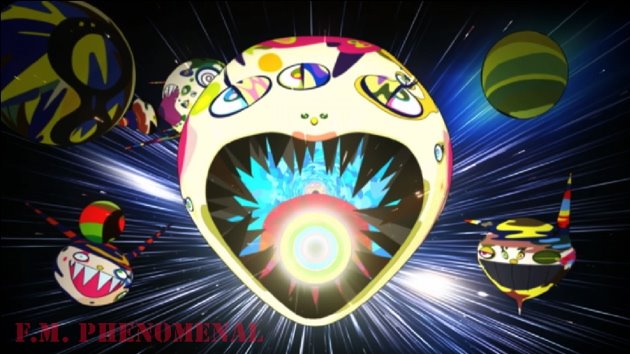
Donyale Luna (1945-1979) was the first black supermodel, cover girl and the first model of ethnic origin to appear on Vogue, appearing on the March 1966 issue.
Born Peggy Anne Freeman on Jan. 1, 1945, Luna was described by a relative as “a very weird child, even from birth, living in a wonderland, a dream.” Her mother wanted her to be a nurse, but after being discovered by British fashion photographer David McCabe, Luna became the first black woman to be featured on a U.S. fashion magazine: the January 1965 issue of Harper’s Bazaar.
According to her birth certificate, Luna was born to Peggy and Nathaniel Freeman, but she insisted her biological father’s last name was Luna and her mother was Mexican. Her reportedly abusive father was murdered when she was 18 and after meeting McCabe, she moved to New York City. Described as having “the tall strength and pride movement of a Masai warrior”, Luna was under exclusive contract to famed photographer Richard Avedon.
Time Magazine published “The Luna Year” in 1966 following the Vogue cover. The article revealed that Luna’s mother was against her move to New York. “She told me, ‘He’s trying to get you to New York to make a bad girl of you.’” It also detailed her toll instant success took on her: “A month after hitting New York, she married a young actor, divorced him after ten months and now will not even give his name.”
“I love New York,” she said. “But there were bad things. People were on drugs or hung up on pot. There was homosexuality and lesbianism and people who liked to hurt.”
“For reasons of racial prejudice and the economics of the fashion business,” said Avedon in the April 1975 issue of Playboy (for which Luna also posed), “I was never permitted to photograph her for publication again.” Luna then fled to Europe.
She was happier there, filling her days with work & eating and her nights with discothèques. The 6′2″ model also appeared in several movies. One critic described Luna as “pure diva, presenting a delicious mobile excess of mannerism” Her success, however, could not shield her from her problem with her heritage. In “Luna, Who Dreamed of Being Snow White,” Judy Stone described her as:
Her success, however, could not shield her from her problem with her heritage. In “Luna, Who Dreamed of Being Snow White,” Judy Stone described her as:
“secretive, mysterious, contradictory, evasive, mercurial and insistent upon her multiracial lineage — exotic, chameleon strands of Mexican, American Indian, Chinese, Irish, and, last but least escapable, Negro.”
Media interest in her racial heritage caused her enormous discomfort. When asked whether her appearances in Hollywood films would benefit the cause of black actresses, Luna replied, “If it brings about more jobs for Mexicans, Chinese, Indians, Negroes, groovy. It could be good, it could be bad. I couldn’t care less.”
During an interview in the late ’60s, Luna expressed her fondness for LSD:
“I think it’s great. I learned that I like to live, I like to make love, I really do love somebody, I love flowers, I love the sky, I like bright colors, I like animals. [LSD] also showed me unhappy things — that I was stubborn, selfish, unreasonable, mean, that I hurt other people.”
Around 1976, Luna had a daughter, Dream, with Luigi Cazzaniga, who shot her Playboy pictorial.
Her unprofessional behavior, though, signaled the end of Luna’s career. Beverly Johnson recalled that Luna “[didn’t] wear shoes winter or summer. Ask her where she’s from — Mars? She went up and down the runways on her hands and knees. She didn’t show up for bookings. She didn’t have a hard time, she made it hard for herself.” In 1979, Luna died of a drug overdose in Rome.

3 comments:
you better teach these ho's
Don't be so ignorant, This was a beauiful woman that had some serious problems. Can you only imgine what she went through being the first in the 1960's. I sure manyof us could nothav handled it. She did'nt. It's a tragic loss.
http://donyaleluna.tripod.com
Post a Comment